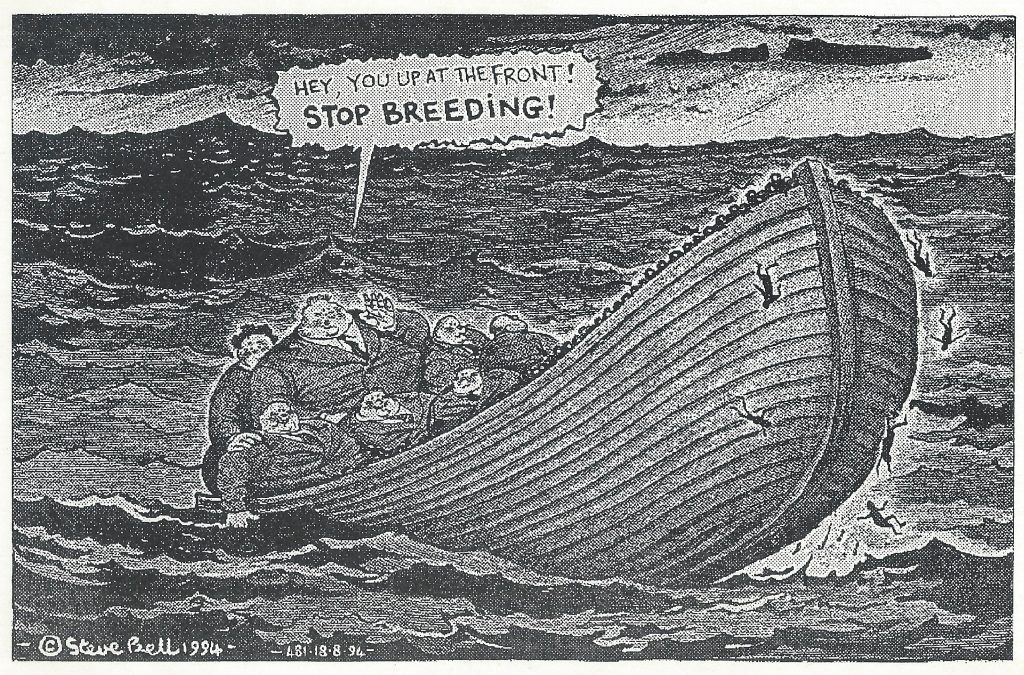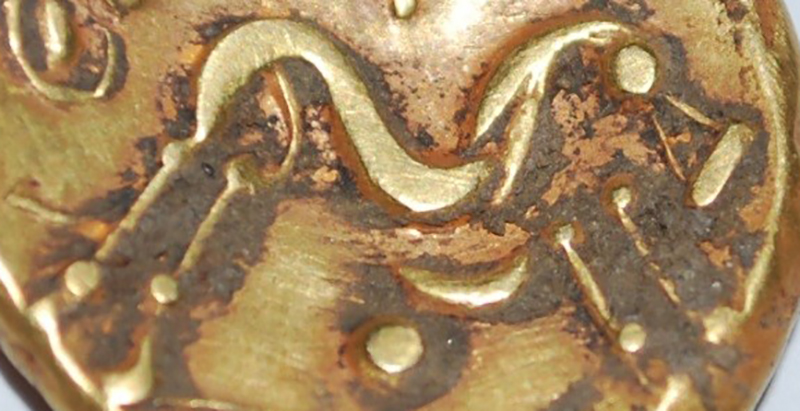
The study of coins, and currency more generally speaking, is known as numismatics. In archaeology, numismatics can help us to ascertain precise dates and find out who occupied or passed through a particular site. They can also tell us about trade networks, belief systems and leadership. In this blog, find…
Read Article
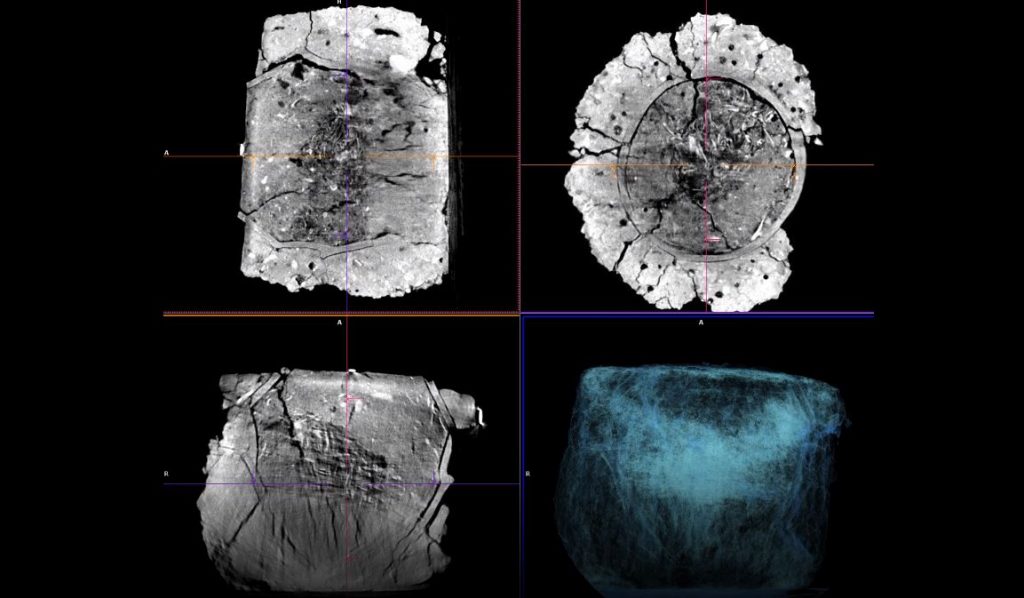
In this blog, we look at cremation urns, what they are, and what they mean for archaeologists. Our excavations along the route of the new A14 Cambridge to Huntingdon improvement scheme have led us to uncover fascinating stories about Cambridgeshire’s past populations and the discovery of human remains plays a…
Read Article
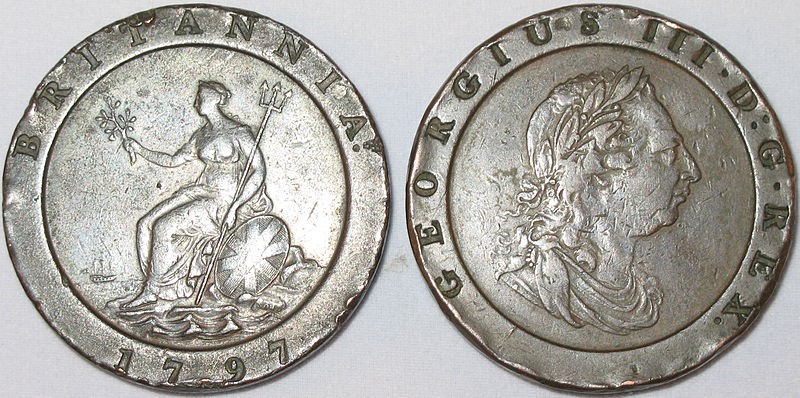
1797 was the year that the first top hat debuted on top of a haberdasher’s head; the year that poet William Wordsworth was suspected of being a French spy whilst the war with France raged on; the Bank of England issued the first one-pound and two-pound notes, and the year…
Read Article
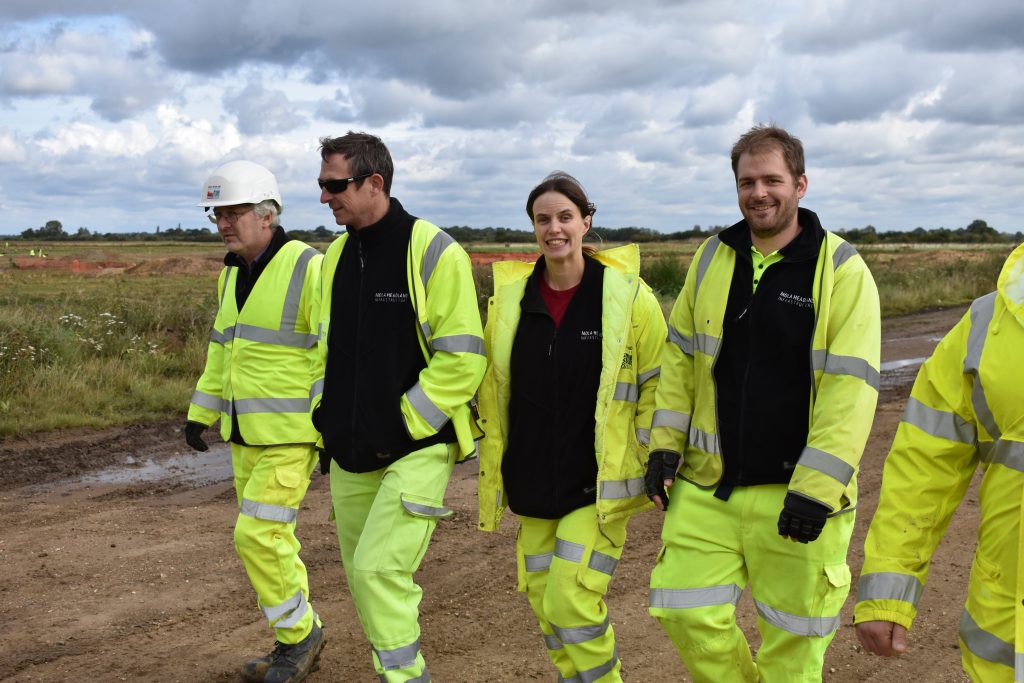
This week, Emma Jeffery, Senior Archaeologist at MOLA Headland will be talking about the amazing archaeology of the A14 Cambridge to Huntingdon improvement scheme at Current Archaeology Live. In this blog, we find out more about her role on the Highways England scheme and what happens next. What has your…
Read Article
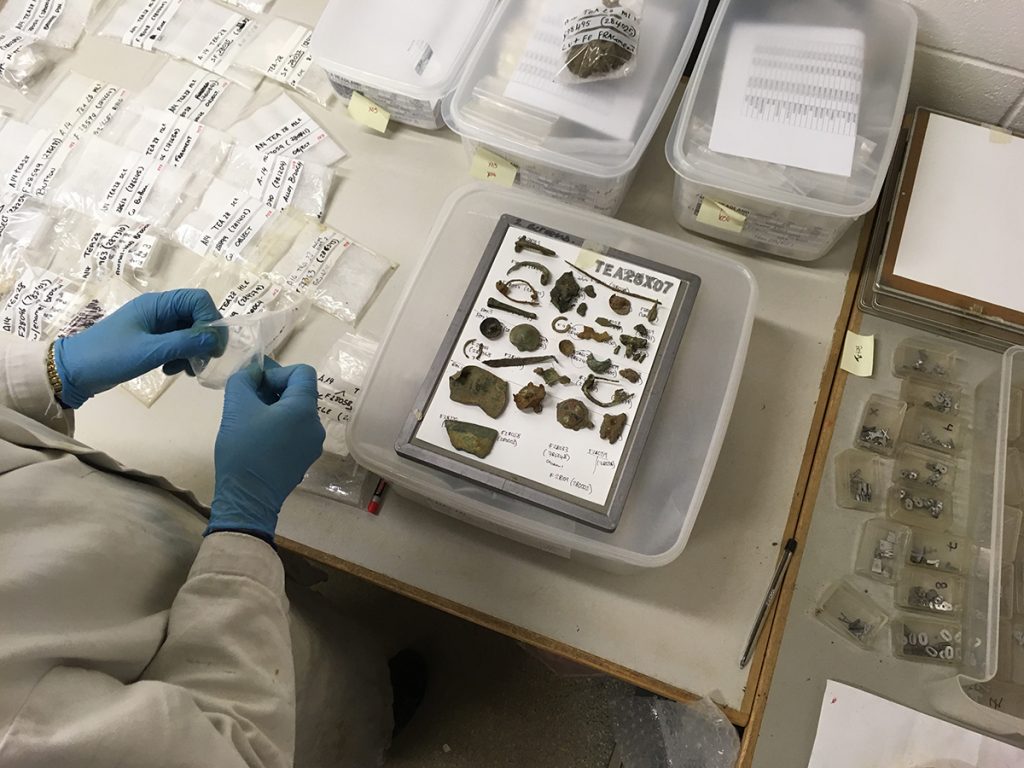
X-rays are a non-destructive way of exploring metal archaeological finds in more detail. They allow our finds specialists to reveal the true form of heavily corroded items and get a glimpse of the very fabric of an object, meaning they can better understand how it was made, its condition and…
Read Article
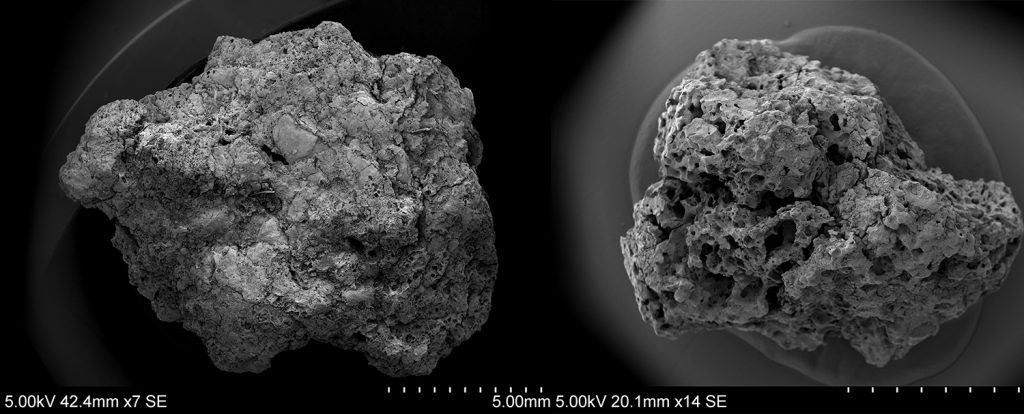
Our archaeobotanist, Lara Gonzalez Carretero, has uncovered what is believed to be the earliest physical evidence for beer-making in the UK, dating back more than 2000 years to the Iron Age, on the A14 Cambridge to Huntingdon improvement scheme. Evidence of early Iron Age porridge and bread-making has also been…
Read Article

Archaeological excavation at St James’s Piccadilly burial ground in Euston for HS2 is well underway and we are uncovering a large number of burials with surviving name plates. These plates allow us to identify the induvial buried. With over 40,000 burials expected to be excavated and roughly ten percent of…
Read Article
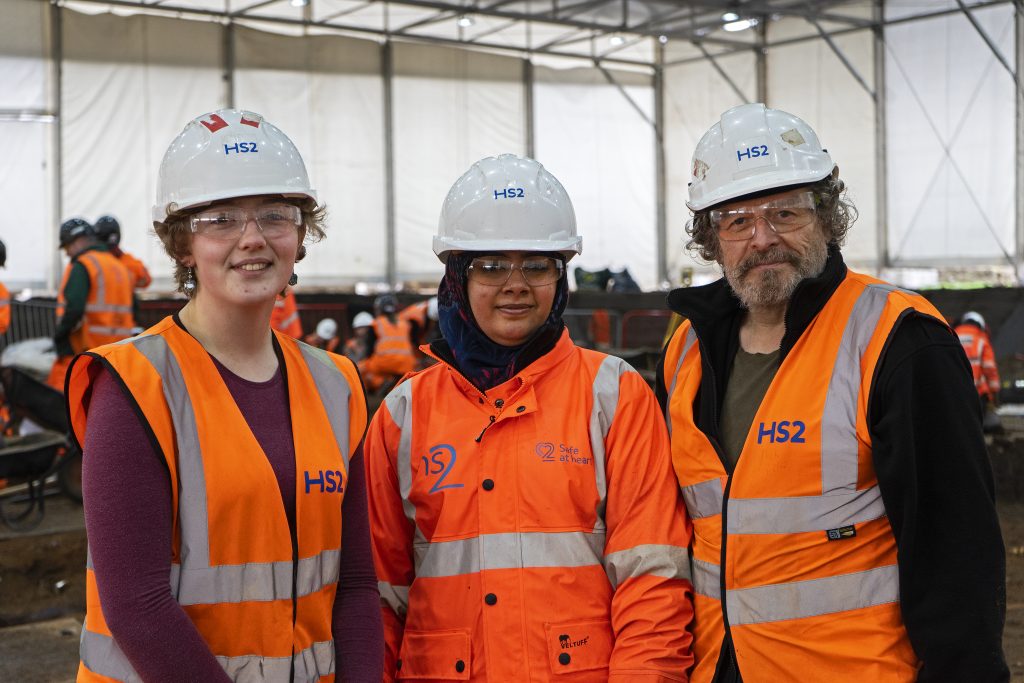
HS2’s archaeology programme is Europe’s biggest dig and is providing fascinating insights into the everyday lives of the people and communities who made modern Britain. It is also a great opportunity to bring fresh talent into the sector and upskill local people. In Birmingham, we’re working with partners: Laing O’Rourke…
Read Article
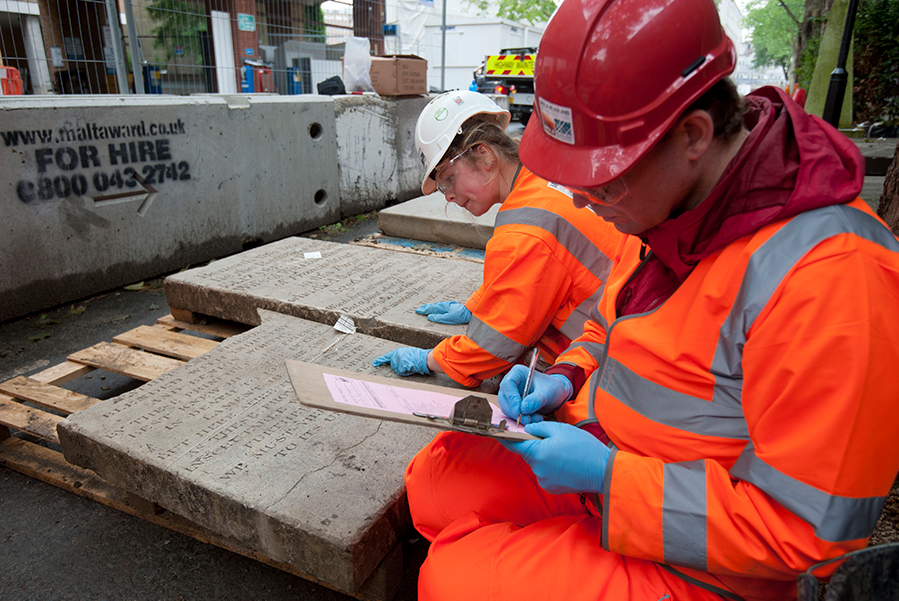
Over the summer an enthusiastic team of volunteers worked alongside our archaeologists to record the inscriptions of over 350 gravestones associated with St James’s burial ground in Euston, London. The gravestones are being studied for the HS2 archaeology programme. In this blog Community Engagement Officer, Paul McGarrity, tells us more….
Read Article
